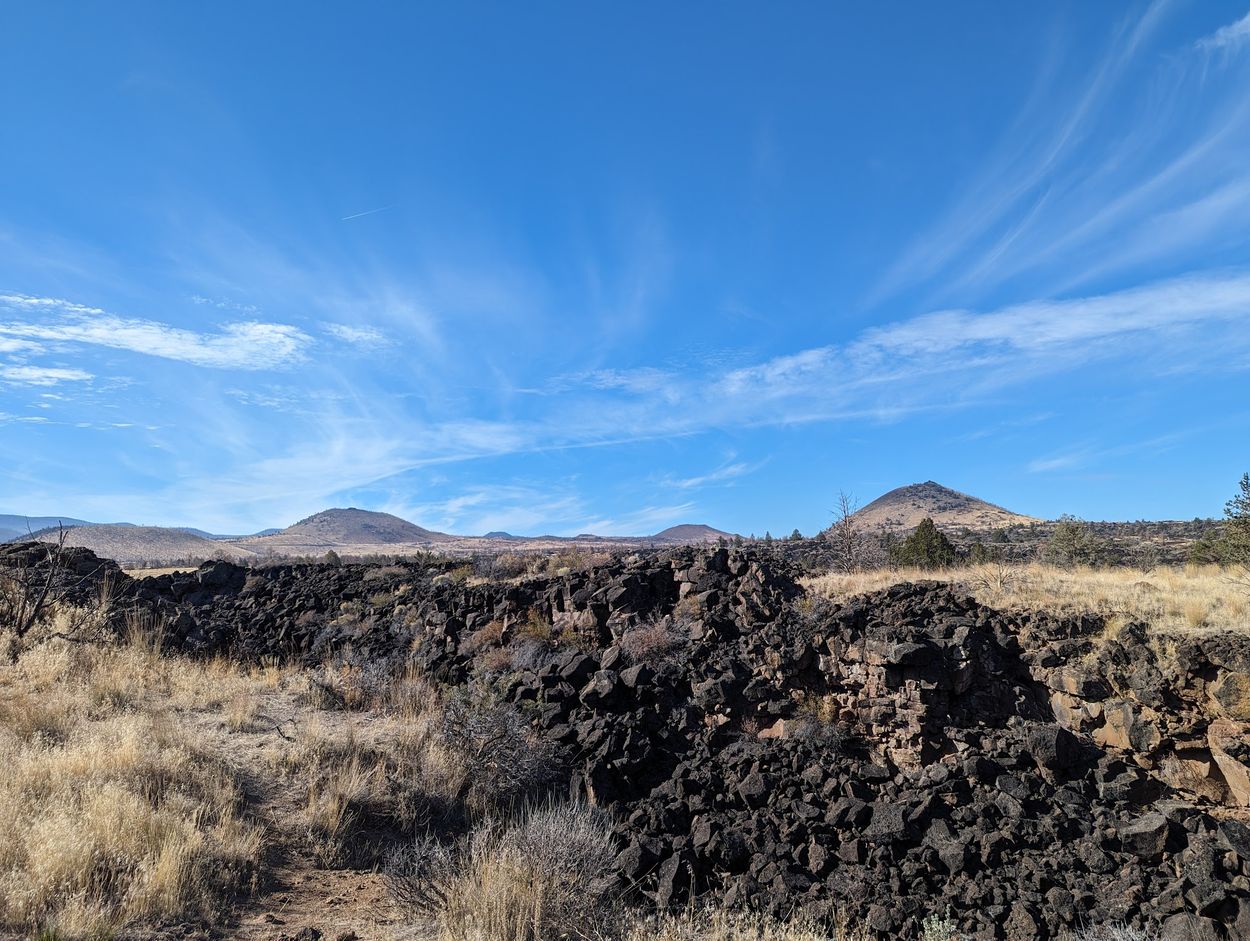Secrets Of California’s Modoc Lava Battle Sites

Have you ever wondered about the hidden history of California's Modoc Lava Battle Sites? Tucked away in the rugged landscape of Northern California, these sites hold stories of bravery, strategy, and survival. The Modoc War, fought between the Modoc people and the U.S. Army in the 1870s, left behind a trail of fascinating landmarks. From the Lava Beds National Monument to Captain Jack's Stronghold, each location offers a glimpse into the past. Whether you're a history buff or an outdoor enthusiast, exploring these battle sites provides a unique adventure. Ready to step back in time and uncover the secrets of the Modoc Lava Battle Sites? Let's get started!
Discovering the Modoc Lava Battle Sites
California's Modoc Lava Battle Sites hold a rich history. These locations offer a glimpse into the past, where the Modoc people fiercely defended their land. Let's explore some of these significant sites.
1. Captain Jack's Stronghold
Captain Jack's Stronghold, located in the Lava Beds National Monument, served as a fortress for the Modoc warriors. This natural fortress provided strategic advantages during the Modoc War.
- Natural Lava Formations: The rugged terrain made it difficult for U.S. troops to navigate.
- Historical Significance: Named after Modoc leader Captain Jack, who led his people in resistance.
- Visitor Experience: Trails and interpretive signs guide visitors through the stronghold.
2. Gillem's Camp
Gillem's Camp, another key site, was where the U.S. Army set up operations during the Modoc War. This camp played a crucial role in the conflict.
- Strategic Location: Positioned to monitor Modoc movements.
- Historical Artifacts: Remnants of the camp provide insight into military life during the war.
- Educational Displays: Informative panels explain the camp's role in the conflict.
3. Canby Cross
Canby Cross marks the spot where General Edward Canby was killed during peace negotiations. This site is a poignant reminder of the war's tragic events.
- Memorial Cross: Erected to honor General Canby.
- Historical Context: Provides a deeper understanding of the failed peace talks.
- Reflective Space: A place for contemplation and remembrance.
4. Thomas-Wright Battlefield
The Thomas-Wright Battlefield is where a significant battle took place between the Modoc and U.S. forces. This site showcases the intense conflict of the war.
- Battlefield Markers: Indicate key positions and movements during the battle.
- Interpretive Trails: Allow visitors to walk the battlefield and learn about the events.
- Scenic Views: Offers a stark contrast between the beauty of the landscape and the violence of the past.
5. Petroglyph Point
Petroglyph Point, while not a battle site, holds cultural significance for the Modoc people. This site features ancient rock carvings that tell stories of the past.
- Ancient Petroglyphs: Carvings that date back thousands of years.
- Cultural Heritage: Provides insight into the Modoc's way of life before the war.
- Visitor Access: Easily accessible with informative signs explaining the carvings.
6. Lava Beds National Monument Visitor Center
The Lava Beds National Monument Visitor Center serves as a hub for learning about the Modoc War and the area's natural history. It's a great starting point for any visit.
- Exhibits and Displays: Detailed information about the Modoc War and the geology of the area.
- Guided Tours: Available for those who want a deeper understanding of the sites.
- Educational Programs: Offer insights into the history and culture of the Modoc people.
7. Schonchin Butte
Schonchin Butte offers panoramic views of the Lava Beds National Monument and surrounding areas. This vantage point provides a unique perspective on the landscape where the Modoc War unfolded.
- Scenic Hike: A trail leads to the summit, offering stunning views.
- Historical Overlook: Interpretive signs at the top explain the significance of the area.
- Wildlife Viewing: Opportunities to see local flora and fauna.
8. Hospital Rock
Hospital Rock, named for its use as a medical station during the Modoc War, is another important site. It highlights the harsh conditions faced by both sides.
- Historical Significance: Used as a makeshift hospital during the conflict.
- Interpretive Panels: Provide context about the medical challenges of the war.
- Natural Beauty: The rock itself is an impressive natural formation.
9. Tule Lake Segregation Center
Tule Lake Segregation Center, while primarily known for its role during World War II, also has connections to the Modoc War. This site offers a broader historical context.
- Historical Exhibits: Cover both the Modoc War and the internment of Japanese Americans.
- Educational Programs: Provide a comprehensive look at the area's history.
- Visitor Center: Offers resources and information for those interested in learning more.
Discover Modoc's Hidden History
Modoc's lava battle sites offer a unique glimpse into California's past. These locations tell stories of bravery, conflict, and survival. Visiting these sites, you can almost feel the history beneath your feet. The rugged landscape adds to the sense of adventure, making it a perfect destination for history buffs and nature lovers alike.
Exploring these battle sites, you gain a deeper understanding of the struggles faced by those who lived here. The natural beauty of the lava beds contrasts sharply with the harsh realities of the battles fought. This blend of history and nature creates an unforgettable experience.
Plan your trip to Modoc and uncover the secrets hidden in its lava beds. Whether you're hiking, taking photos, or simply soaking in the history, Modoc's battle sites promise a journey through time you won't forget.

